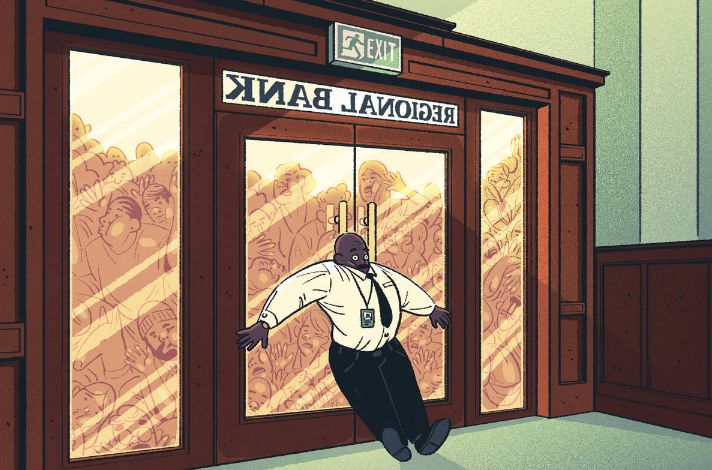At the beginning of the month, Moody’s lowered the credit ratings of 10 American banks and announced the possibility of further downgrades. Two weeks after Moody’s Investors Service rattled financial stocks, it’s now S&P Global Ratings’ turn to revise the ratings and outlooks for several other banks downward.
S&P cites the impact of rising interest rates and deposit movements in the industry as the main reasons. Many depositors have moved their funds to higher-interest accounts, increasing banks’ funding costs. The decline in deposits has reduced the liquidity of many banks while the value of their securities, which make up a large part of their liquidity, has dropped.
Over the month, the KBW banking index of major American banks fell by nearly 7%, heading towards its worst monthly performance since the collapse of three regional banks last March.
A series of Federal Reserve interest rate hikes are squeezing margins for many small and medium-sized banks, which for years paid little to attract customer deposits that fund their loans and other balance sheet assets. Consumers and businesses now have more options to achieve higher returns elsewhere. This has caused non-interest-bearing deposits to drop by 23% over the last five quarters.
Banks insured by the federal government sat on more than $550 billion in unrealised losses on their available-for-sale securities and held-to-maturity securities in the middle of the year, S&P stated.
In the coming months, the situation could worsen for banks if the Fed keeps rates high longer than anticipated, further eroding the value of loans to borrowers needing to refinance.
